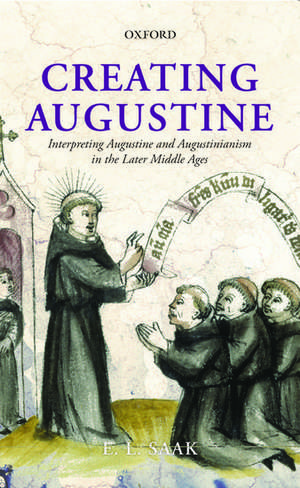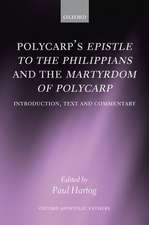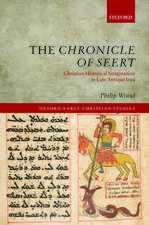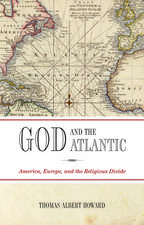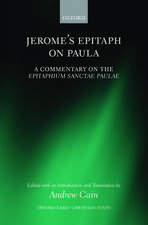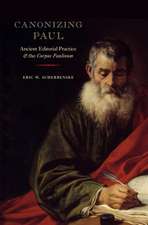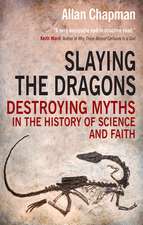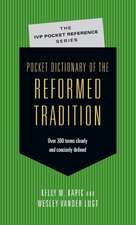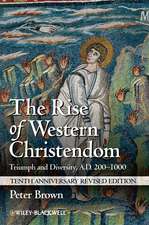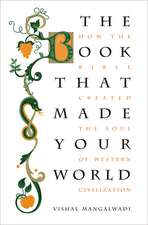Creating Augustine: Interpreting Augustine and Augustinianism in the Later Middle Ages
Autor Eric Leland Saaken Limba Engleză Hardback – 21 iun 2012
Preț: 816.82 lei
Preț vechi: 1176.05 lei
-31% Nou
Puncte Express: 1225
Preț estimativ în valută:
156.29€ • 163.63$ • 129.33£
156.29€ • 163.63$ • 129.33£
Carte tipărită la comandă
Livrare economică 25-31 martie
Preluare comenzi: 021 569.72.76
Specificații
ISBN-13: 9780199646388
ISBN-10: 0199646384
Pagini: 276
Dimensiuni: 146 x 222 x 24 mm
Greutate: 0.48 kg
Editura: OUP OXFORD
Colecția OUP Oxford
Locul publicării:Oxford, United Kingdom
ISBN-10: 0199646384
Pagini: 276
Dimensiuni: 146 x 222 x 24 mm
Greutate: 0.48 kg
Editura: OUP OXFORD
Colecția OUP Oxford
Locul publicării:Oxford, United Kingdom
Recenzii
Saak does some fine work in identifying how library holdings in Augustine's writings figure in the renaissance, shows the social function and fluidity of the Sermones ad fratres in eremo, and tracks the iconography of Augustine ... in image and text through the turn of the sixteenth century.
